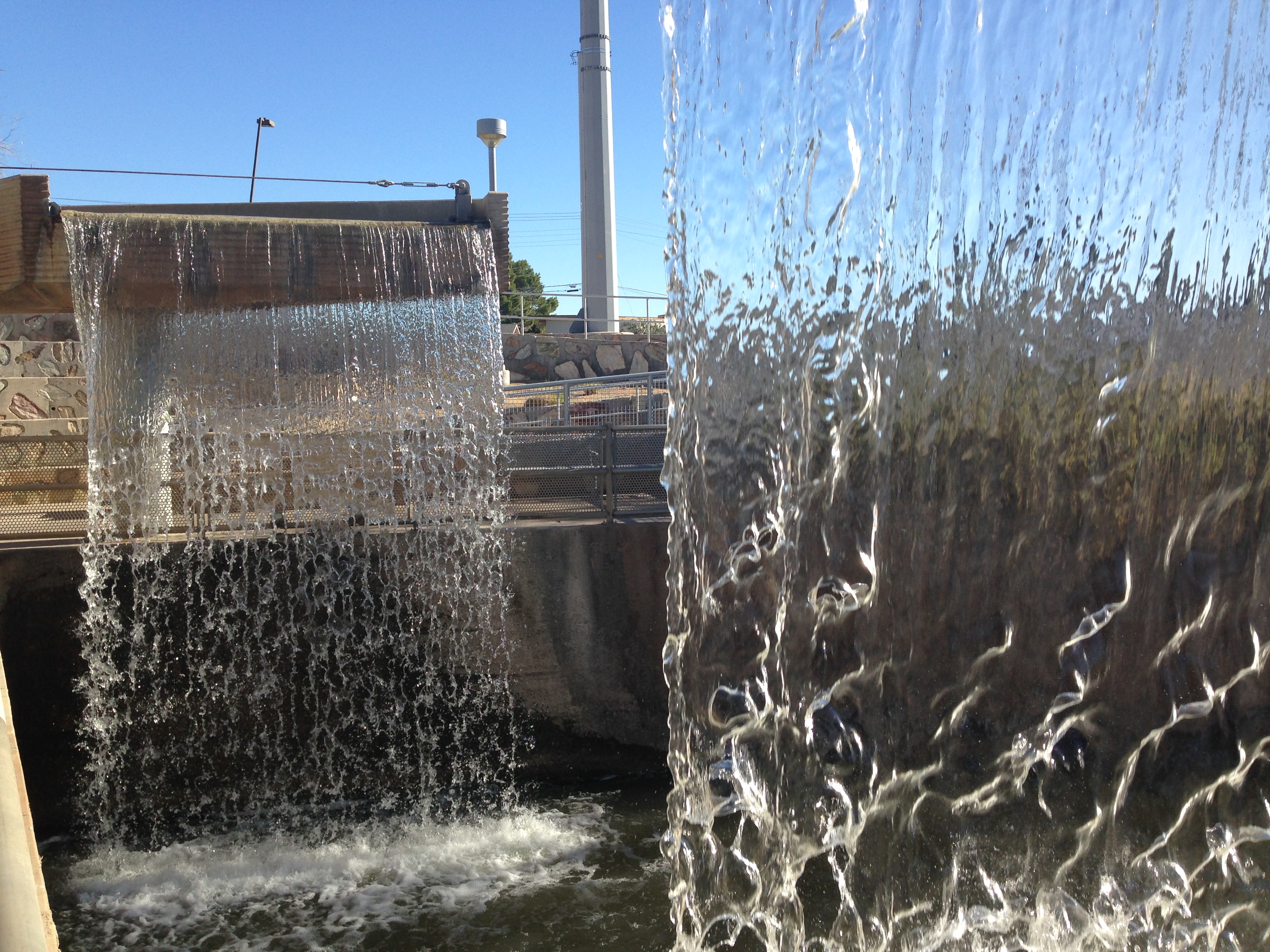
When I talked to Central Arizona residents about where their water comes from, some people told me about the Salt and Colorado Rivers. And the number one reason they should care about the state’s water supply? Conservation.
“I think we get so used to it. We’re living in a desert, we feel like it’s okay to be in a drought,” said Joe Hill of Queen Creek, Arizona.
Even in the midst of a 16-year long drought, Arizona has no water conservation laws in place for residents.
Severe drought has affected California for 4 years.
Both California and Arizona receive water from the Colorado River, which supplies 5 other states as well. But the Colorado River’s overuse has taken a toll on its supply, and states like California have reason to worry about the major water source for the country’s west coast.
The Colorado River is only one source of Arizona’s water. And according to the Salt River Project’s Bruce Hallin, Arizona’s water supply is sustainable, for now.
“Because of that diversity of water supply, we don’t find ourselves in the same position as California,” said Hallin.
“That doesn’t mean that 2, 3, 4 years from now we may not be cutting back on deliveries, that very well could happen,” he said.
There are water restrictions in place in Arizona, but only for municipal water providers, farms, and companies in the industrial sector. These restrictions only apply to groundwater users.
The United States Drought Monitor classifies Phoenix as “abnormally dry” and other parts of Arizona with “moderate drought”. These classifications do not impose water restrictions.
Bret Fanshaw of Environment Arizona said Phoenix should heighten conservation efforts in response to climate change.
“As the rest of the planet continues to be affected by climate change and global warming, it’s going to be important for cities like Phoenix to be a beacon and to set an example of sustainability in a warming climate,” said Fanshaw.
The Salt River Project’s Bruce Hallin said the state continues to seek alternative sources of water to supply constantly growing major metropolitan areas in the state.
